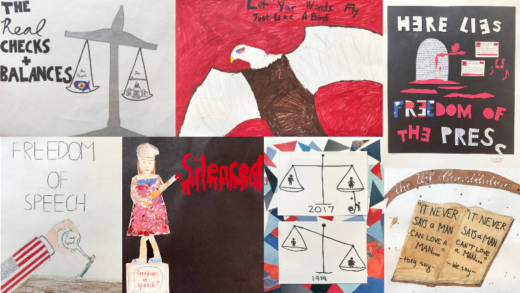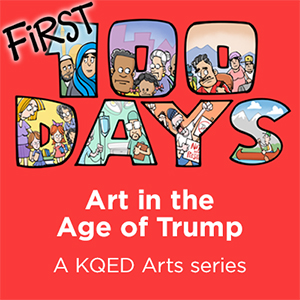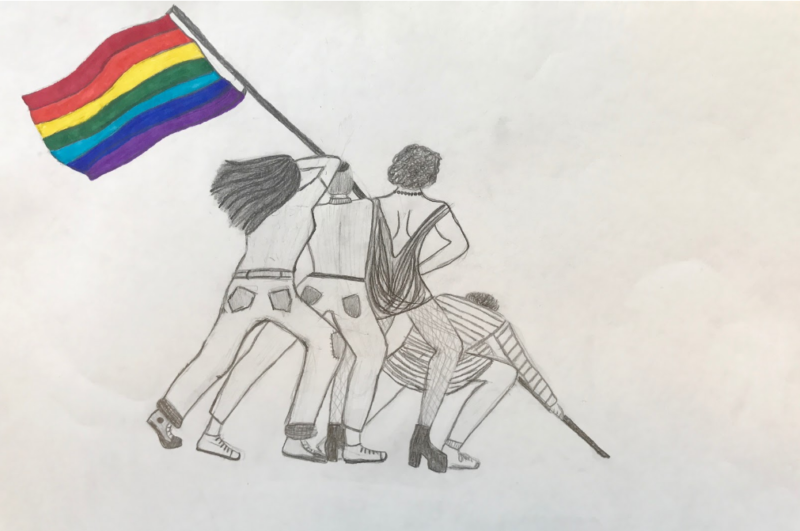Inspired by the wide variety of artistic responses to the Trump administration in the Bay Area and beyond, visual arts instructor Caren Andrews this year challenged her middle school students at San Francisco Friends School to add their own voices to the nationwide conversation.
“Our kids had an intuitive understanding of why we create art, whether it’s to add beauty to the world or reflect ourselves,” Andrews says. “But we found that they struggled with their connection to art and action.”
Andrews hoped to forge that connection by asking her students to interpret the U.S. Constitution. The teacher saw the 228-year-old document governing the law of the land and its people as being particularly vital in an era where civil rights are constantly up for debate.
Inspired by a 1960s Bill of Rights poster published by the American Civil Liberties Union (ACLU), Andrews’ students created their own set of posters examining constitutional amendments. Andrews also encouraged her students to respond through visual art to other political issues, such as the gender pay gap and abortion.





